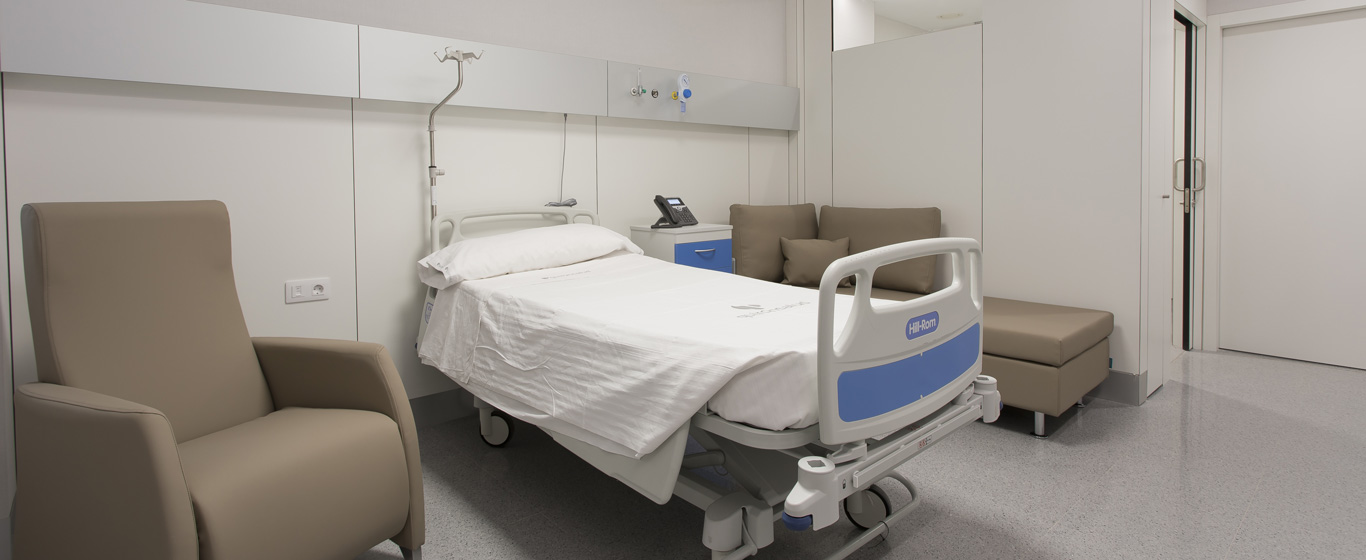Anoscopy
Anoscopy uses a tubular device with light and magnified vision that is inserted through the anus to explore the anal canal and lower rectum.

General Description
Anoscopy, or analoscopy, is a diagnostic technique used to visualize the interior of the anal canal and the lower part of the rectum.
The exam is performed with an anoscope, a tubular instrument that incorporates a light at one end. In a high-resolution anoscopy, the anoscope is connected to a colposcope, a binocular device that includes lenses with various magnifications and a light source. It may also have a camera attached to a monitor to record the entire process. This method offers a more precise and detailed visualization.
When is it indicated?
Anoscopy allows for the detection of anal or rectal abnormalities, including:
- Hemorrhoids.
- Anal fissures or ulcers.
- Polyps.
- Inflammation.
- Rectal prolapse.
- Precancerous lesions.
- Cancer.
Thus, it is commonly indicated for patients presenting symptoms suggestive of a condition in the area, such as:
- Anal bleeding or blood in the stool.
- Itching or pain around the anus.
- Swelling or lumps around the anus.
- Anal discharge.
- Pain or difficulty during bowel movements.
- Difficulty holding in stool.
How is it performed?
After a visual examination of the outside of the anus and a rectal exam, the specialist inserts the anoscope through the anus and visualizes the entire area. If any abnormalities are found, tissue samples may be taken for further examination in the laboratory (anal biopsy).
To perform a high-resolution anoscopy, an acetic acid solution is first applied to the lining of the anus with a swab, and left to act for a few minutes. The anoscope connected to the colposcope is then inserted to examine the area in detail. The acetic acid solution highlights abnormal tissues (they turn white), making them easier to detect. If any highlighted areas are found, tissue samples are taken. This procedure is especially useful for detecting cancerous or precancerous tissues.
Risks
Anoscopy is a procedure that usually does not present complications. However, there is a possibility of tearing in the anal wall or bleeding, especially in the case of hemorrhoids.
What to expect from an anoscopy
To perform the anoscopy, the patient must remove the lower body clothing and lie on the examination table in a fetal position (lying on their side with knees bent toward the chest). The test may also be performed with the patient lying face down or in a knee-chest position (kneeling forward with arms on the table).
During the preceding rectal exam, the specialist inserts a gloved and lubricated finger into the anus to palpate the area. If the patient feels pain, an anesthetic gel may be applied before proceeding with the anoscopy. Before inserting it, lubricant is applied to the anoscope to facilitate its insertion. It is not an especially painful procedure, but it is normal to feel discomfort, pressure, or a sensation of needing to evacuate. If a biopsy is also performed, the patient may feel a pinch or a slight sting.
Anoscopy is a brief procedure, typically lasting between 5 and 15 minutes (although it may take longer if a biopsy is needed). It is an outpatient procedure, and once completed, the patient can resume normal activities. However, it is possible to feel mild pressure or discomfort after the test, although this sensation is short-lived. A slight amount of bleeding may occur, especially if a biopsy was performed, but this usually stops on its own shortly after.
Specialties requesting anoscopy
Anoscopy is typically performed in proctology (general surgery) or digestive medicine units.
How to prepare
Generally, patients are required to undergo the test with an empty bladder and bowels, as this facilitates the procedure. Therefore, an enema may be recommended two to three hours before the anoscopy. Additionally, it may be advised to avoid anal sex or inserting medications or objects into the anus in the 24 hours prior to the test.

































































































